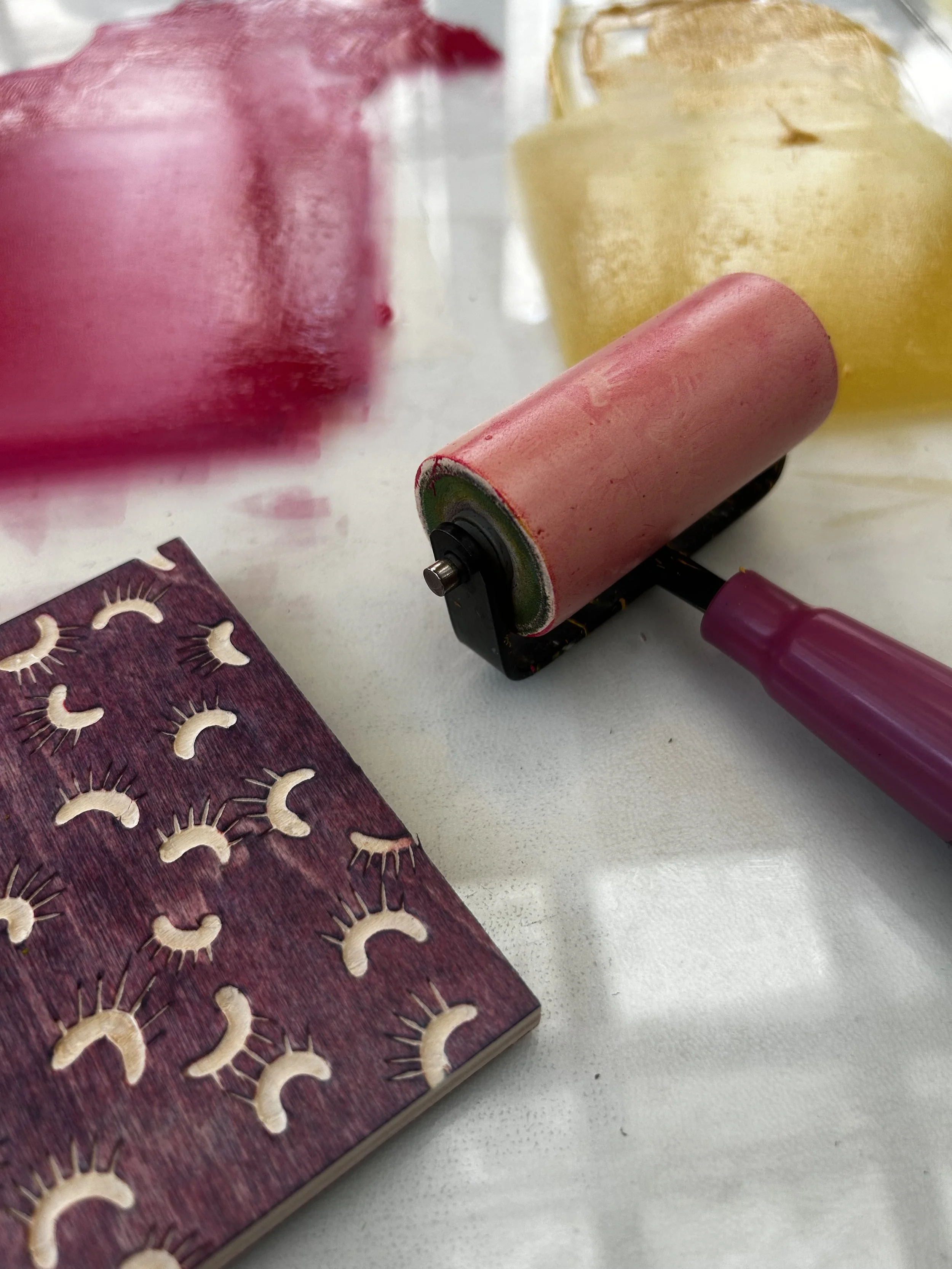
Printmaking Workshop in Guanajuato, Mexico
July 11-17, 2026
Register Now!
〰️
Register Now! 〰️
Recent Exhibition: Hoffman Art Center
Amanda Schroer’s recent show at the Hoffman Art Center in Manzanita features a selection of monoprints, exploring layered color, texture, and painterly mark-making. The exhibition is presented alongside works by Astoria’s Bill Atwood and Portland artist Chris Steinken, highlighting a dynamic mix of contemporary print and painting.
Exhibition Dates: September 4–27, 2025
Opening Reception: September 6, 2026 from 3–5 PM.










